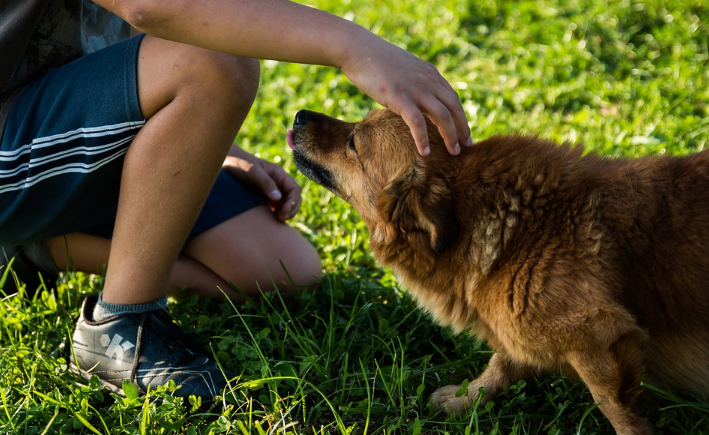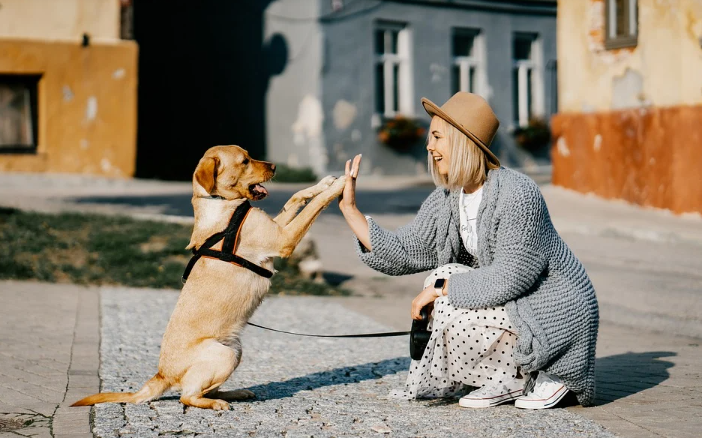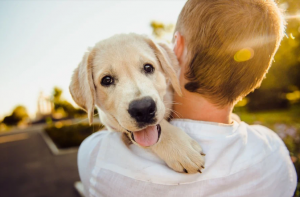Easy Tips for Training Your Dog to Come When Called

Calling or training the dog to stand guard is only one of the most important training signals that the dog can understand, but it is often the most ignored. It requires several sessions and a whole series of tests in different environments. It is important to start in a neutral background and build from there. It would mean putting a puppy in a dog park with dogs walking around or on the road with children on bikes unless you ask an untrained puppy to remember it. Allowing your dog to run freely at park without having any skill to come back to you when called will put your dog at risk. It will help if you read about dog safety to not be at any risk of missing. That being said, it’s wise to train your dog to come to you when called. Here are the easy tips for training your dog tome to you when called.

Train Your Dog to Focus
The first step will be to train your dog to follow your command and pay attention to you. How can you teach your dog to call if he can’t hear you when you start? Making yourself more interesting and worth his attention is the tip.
A great way to do this is to train a puppy to concentrate through the “name game”. If you want to do this, you need to find a quiet place. Say his name and then give him a treat in an instance. Do this tip repeatedly.
Practice on a Long Line
 Ask your pet in a neutral place while your pet is in a very long line. Keep the long line short at first and practice calling when your puppy is not actively sniffing or distracted. Each time your puppy approaches, squat down, hold the collar differently and provide a remedy. Share some of these steps with us because a walk will motivate your dog to come back to you.
Ask your pet in a neutral place while your pet is in a very long line. Keep the long line short at first and practice calling when your puppy is not actively sniffing or distracted. Each time your puppy approaches, squat down, hold the collar differently and provide a remedy. Share some of these steps with us because a walk will motivate your dog to come back to you.
Dogs use body buckets at a fantastic price. Just think of how the dog prevents the cows from advancing by putting their body on a leash. If you move in your pet’s space simply by bending your system from a pet’s point of view, you can stop your animal in its tracks; the opposite of a recall.
Add Distance and Some Distractions
If your puppy does very well in practice, try the long line exercise and gradually add more places. Work in a quiet street, in a park, if there are not many people around, then with toys nearby, other people, children playing with a ball in a square, other puppies in a square, etc..
Remember, if a puppy is too busy, it may be too difficult for him to take a few steps back and work from there. Dogs are usually not very good at generalizing behavior, so ask your puppy to call you in different places, at different times of the day, with different distractions. The more you practice, the more severe the behavior becomes.
Troubleshoot What You Need to Work More On
Troubleshoot what prevents them from responding to you. Do you remember the previous episodes when you called him and he didn’t pay attention to you? Did he watch different puppies that were far away? Did he hear distant sounds? When you realize exactly what you are enjoying, you know not to call him in these states until you have made more efforts to reduce distractions. So be aware of these conditions and encourage them to work on them later.
Also, consider what your puppy is most interested in and when his charm is alive and avoid being called in these circumstances – for now. So, if you can, avoid calling him after he has been put on a leash just before. If he stinks.…



